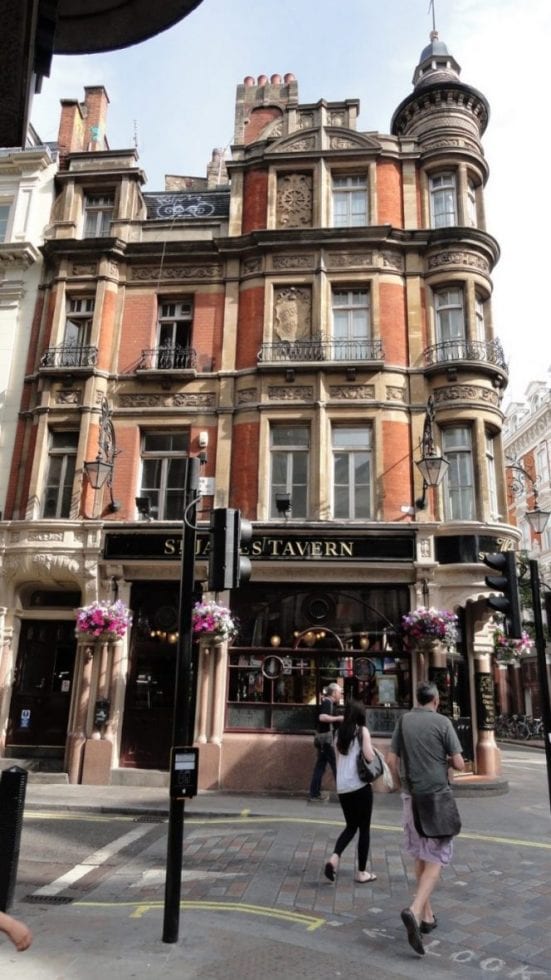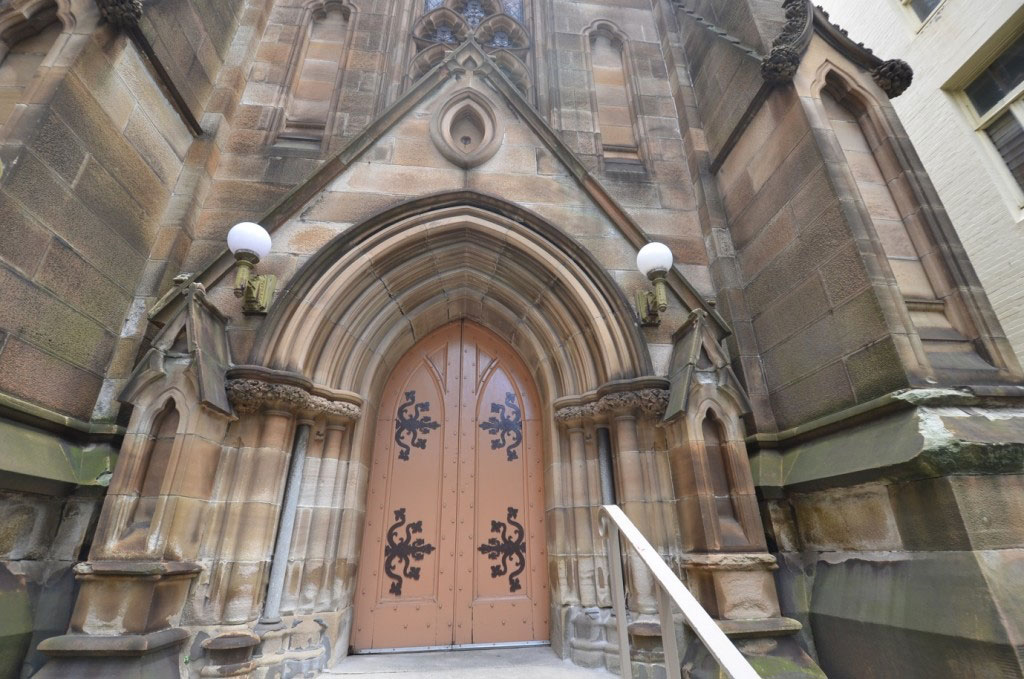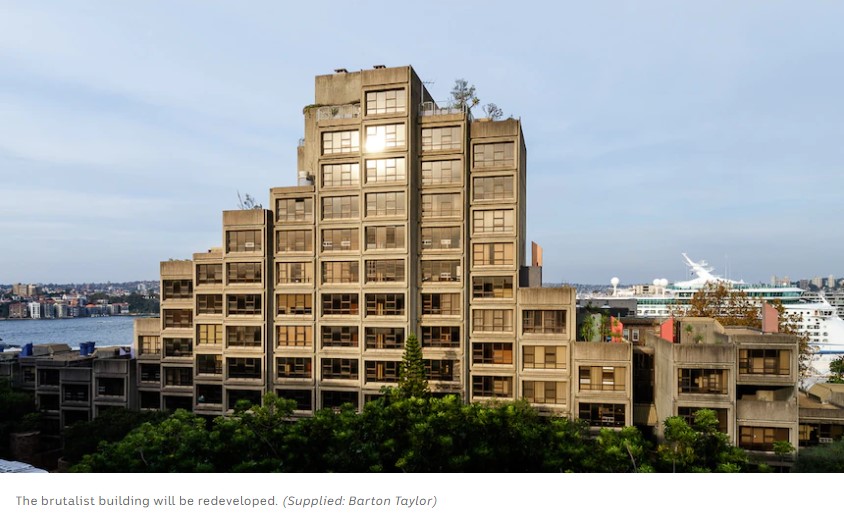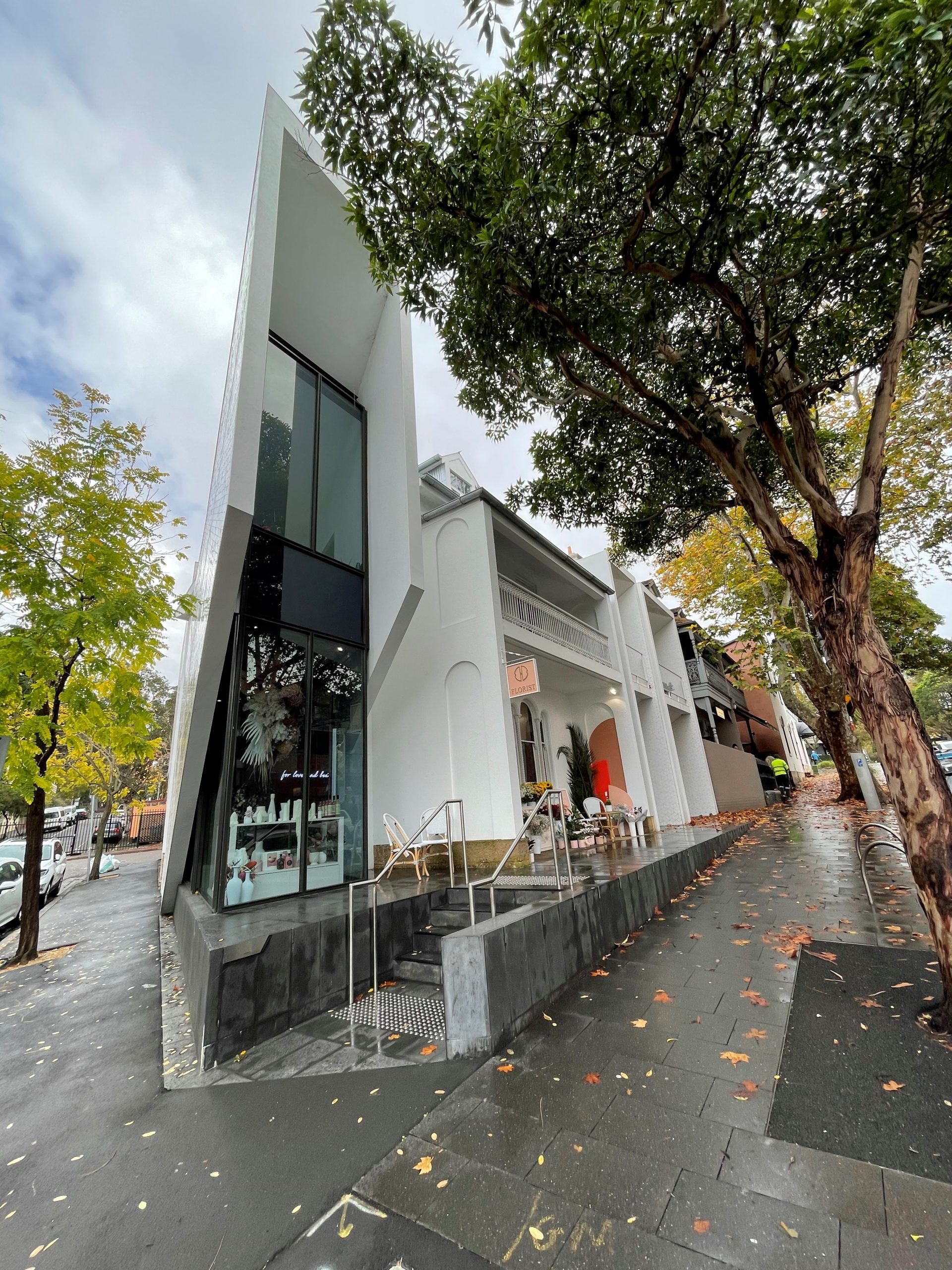Professional Associations
A recent English heritage study (Heritage Counts, 2016) indicates that;
- Participation in heritage is rising fastest among adults from lower socio-economic groups as well as minority ethnic groups;
- Dramatic decrease in the participation gap between least and most deprived communities;
- Historic sites are attracting more visitors and membership of heritage organisations is increasing;
- Three quarters of the adult population participated in heritage activity last year
- Heritage is being used to help shape both national and local identity in “place branding” which helps maximise the value of a place for residents and visitors (property prices, commercial opportunities and jobs).
The study finds that visits to historic sites are growing, membership of heritage organisations is increasing and participation in heritage is becoming more inclusive.

The study (Heritage Counts, 2016) is published by Historic England on behalf of England’s leading heritage organisations which make up the Historic Environment Forum.
Such results suggest that heritage is strongly valued by the public and that our shared heritage and history is a source of identity and stability in an uncertain world. The study demonstrates that the nation is using its historic environment to project or communicate both national and local identities. The research shows that historic buildings and places are increasingly being used in place branding – a concept that identifies the perception and reputation of a place and that local place-making is increasingly important for local economies and communities. Heritage is being used to enhance local pride, provide places with a unique selling point and to attract visitors but also strengthen the quality of life for residents and businesses.
According to Sir Laurie Magnus, Chairman of Historic England, the new research clearly shows that more and more people, from a variety of socio-economic and ethnic groups, appreciate historic sites (Historic England, LinkedIn -15 December 2015). The historic environment plays a crucial role in shaping the places where we live, work and visit. It provides people with a physical link to the past, permanence, stability and a sense of belonging. Places with strong, distinctive identities are more likely to prosper than those without them.
It would be interesting to see how well we are doing in NSW by comparison. Do we have the policies in place, the political will, sufficient data sets and studies in our neck of the woods to justify pride in our processes? Could we be doing more and if so, how better should we manage our unique historical resources? Are we relying too heavily upon legislation and taking for granted that the rest just falls naturally into place? What more does government need to do to positively promote cultural urban heritage as a public good in society and by doing so set good examples to garner increased public support?
Such questions remain unanswered but certainly provide fertile ground for similar studies in NSW. 

Paul Rappoport
Heritage 21 – 13 January 2017
Related Articles

Five things you need to know about cultural built heritage
Historic conservation, writes Regina Bures (see reference below), is frequently associated with gentrification: the incursion of middle-class "gentry" on an…
Read more
Heritage, Gentrification, Urbanisation & Tourism
Historic conservation, writes Regina Bures (see reference below), is frequently associated with gentrification: the incursion of middle-class "gentry" on an…
Read more
Heritage is indicative of truths as they emerge from contemporary practice
How often is it said that we view the past through our own eyes. Here we are in 2018 viewing…
Read more
Is Heritage Chauvinistic?
David Lowenthal writes that heritage betokens interest in manifold legacies – family history, familiar landmarks, historic buildings, art and antiques,…
Read more

Need help getting started?
Check out our guides.

Complete the form below to contact us today.








